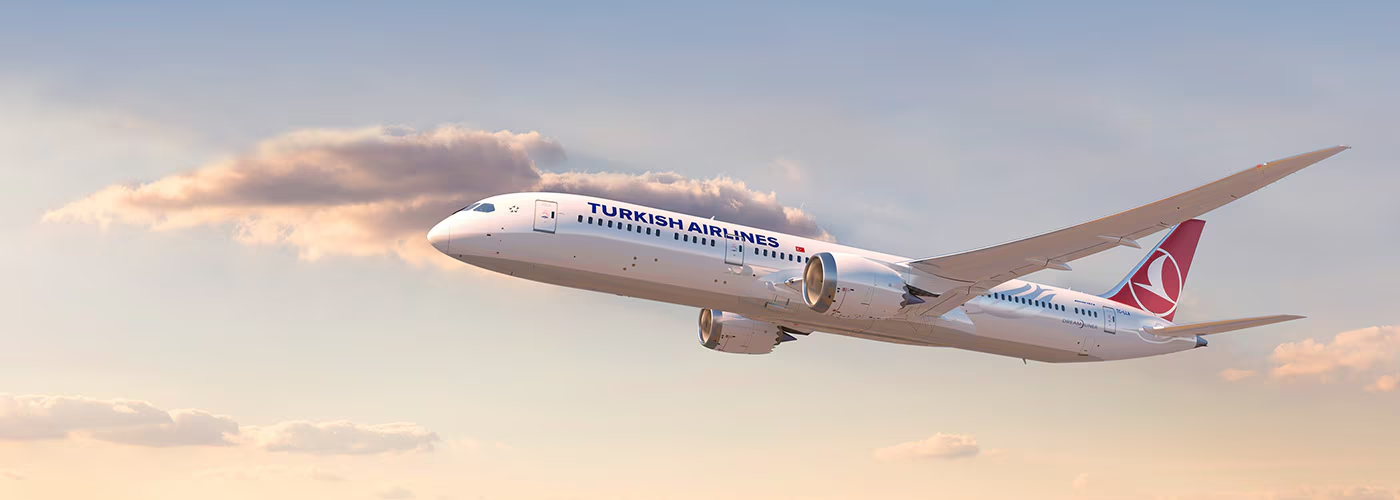The Marvelous Complexity of Jet Engines: How Many Parts Do They Consist Of?
If you’re a frequent flier, you may have looked out the window and marveled at the marvels of modern engineering as your plane soared through the sky. But have you ever stopped to consider just how many parts it takes to power those engines? Jet engines are complex machines, with thousands of parts working together to propel planes through the air. In this article, we’ll explore just how many parts jet engines consist of and why this matters for the maintenance and safety of these vital pieces of equipment.
Breaking it down: the major modules
Modern jet engines are assembled from several major modules, each with different components and functionalities. The fan and intermediate module, core module, high-pressure turbine module, low-pressure turbine module, and accessory drive module are all critical parts of a functioning jet engine. These modules contain both rotating and stationary parts, which work together to produce the thrust needed to propel an aircraft forward.

Thousands of parts
So just how many parts are we talking about? A high-bypass-ratio widebody engine can have between 30,000 and 50,000 individual parts. A typical Boeing 747 engine, for example, comprises upwards of 40,000 parts, including nearly 2,000 unique parts with numeric or alphanumeric part numbers. While most smaller parts are installed in multiple quantities, special-mission engines, such as those used in military aircraft, may have even more parts than their commercial counterparts.
Rotating and stationary parts
Within the compression and turbine sections, hundreds of rotating blades and stationary vanes work together to condition the airflow through the compressor. High-temperature air from the combustor transfers energy to the turbines, which drive the fan and compressor. Large engines can have over 5,000 individual blades and vanes across multiple sections. However, newer, more advanced engines tend to have fewer parts than older models, thanks to the use of advanced technology metal alloys that offer greater stiffness and tensile strength.

Overhauls and maintenance
All of these parts mean that jet engines require extensive maintenance and overhauls to keep them in good working order. During a complete overhaul, the engine is almost completely dismantled into piece-parts, which are then cleaned and inspected by certified inspectors. Based on the tolerances in the engine manual, inspected parts may require additional repairs or may be deemed scrap, while others can be deemed serviceable to go back on the engine.

The maintenance process can be incredibly time-consuming, with a complete overhaul taking up to 180 days and costing upwards of $8 million for a typical widebody engine. And with so many parts working together, even a small issue with one component can cause major problems for the entire engine. That’s why it’s critical that airlines and maintenance crews take the time and care necessary to keep these complex machines running safely and efficiently.
Jet engines are truly remarkable pieces of engineering, with thousands of parts working together to keep planes flying safely through the skies. While the sheer number of parts may seem daunting, it’s a testament to the incredible precision and attention to detail that goes into designing and building these machines. And with careful maintenance and upkeep, these engines can keep planes flying for years to come.
Read Also: The APU: The Hidden Engine
Youssef Yahya is the CEO and Founder of Aviation for Aviators, a platform dedicated to the aviation industry. With over 3 years of experience as an aviation writer, Youssef is passionate about sharing his insights on aviation, entrepreneurship, and the broader business landscape. As a Teaching Assistant in Entrepreneurship at Nile University, he also nurtures the next generation of entrepreneurs. When he’s not exploring the skies or business ventures, you can find him saying, ‘Drag your coffee, and let’s talk aviation, entrepreneurship, and football.’
You might also like:
- Riyadh Air and Saudia to Purchase 78 Boeing 787 Dreamliner Aircraft
- Ireland: The Underrated Emerald Isle Yet To Be Explored
- Flying in an Uncontrolled Airspace
- Flydubai Boeing 737-800 Encounters Engine Fire Following Bird Strike
- Boeing To Restart Manufacturing Operations in China
Discover more from Aviation for Aviators
Subscribe to get the latest posts sent to your email.














Post Comment